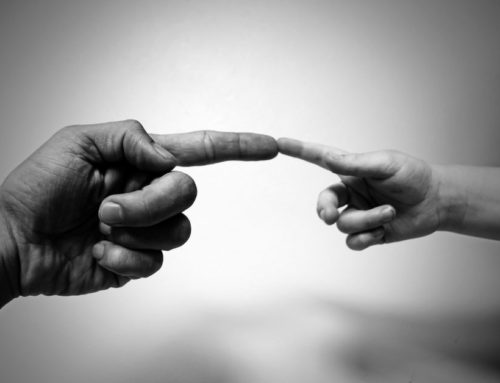
With the new academic year finally under way, I thought I’d pick up a torch and shine some warm and gentle light on additional needs and diversity in the classroom. The awareness is there and slowly expanding, yet the daily busyness, as it picks up, has its way of pushing this topic into the shadows.
With the high prevalence of ADHD brains and school life challenging many areas affected by this wiring, ADHD is bound to make an appearance. The little boys bouncing off walls are easy to spot, maybe even the daydreaming girls, but in the information document I have created (link in my next post) I suggest we push ourselves a little this time.
If you are affected by ADHD, through your own and/or your loved-one’s experience, you might be aware of the great depth of ADHD’s impact. Many educators aren’t in that camp but they work with students who would directly benefit from their extended understanding. The mentioned document aims to disseminate information about the side of ADHD that isn’t immediately visible in the classroom or behaviours that aren’t ordinarily seen as ADHD-related. Stay with me.
Being in the diversity game, I wanted to be sure I covered a variety of experience of students with ADHD. So I reached out to parents. I received many quotes related to the young people’s experience of living and learning with ADHD (my great appreciation to those many who took the time to contribute), which got me thinking.
Kids with ADHD wiring might struggle with aspects of academics, organization, getting things done – you bet. But those comments weren’t the ones most saddening to me. “My teachers hate me”, “No one likes me”, “I’m trying to make friends but no one wants to be my friend”, “Everyone thinks I’m stupid”. Our neurodivergent kids feel rejected, disliked and alone. They feel banished from our village.
We are social beings, first and foremost. Being abandoned means death to a young child. It did thousands of years ago and it does now. We need to feel accepted and liked, evolution made us this way. We need to feel like we belong. We need to feel a part of village. We need teachers to like us and classmates to come help us blow out birthday candles. Social acceptance feels like a matter of survival.
The challenges caused by ADHD, amongst other human differences, are there to stay and we need knowledge and skills to make the most of them. But I question whether they are the real problem. Isn’t feeling included, accepted, valued and liked by other human beings the key to our good, mental and physical, functioning? What happens if they are missing?
I encourage you to ponder the notion that feeling socially accepted helps us be ready to face anything and everything. I’d go further and argue that consequences can be dire if this condition is not met.
What can your role be, as part of the village?
It is fine if diving into the depths of research on neurodiversity is the last thing you’d ever choose to do but please try to mindfully include. Teach your children to invite others to play or sit together at break. Look out for those who are always alone. Teach curiosity towards differences and not criticism. Teach appreciation of diversity, not its rejection. Model it. Promote the attitude of inclusion and kindness so that no child is faced with the deadly threat of social rejection. ADHD or anything else, we can deal with it all – together.
Heartfelt appreciation,
Your Fellow Villager



